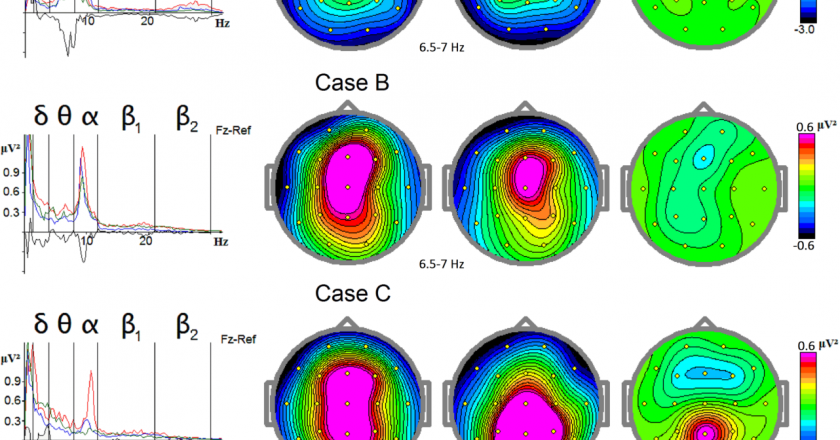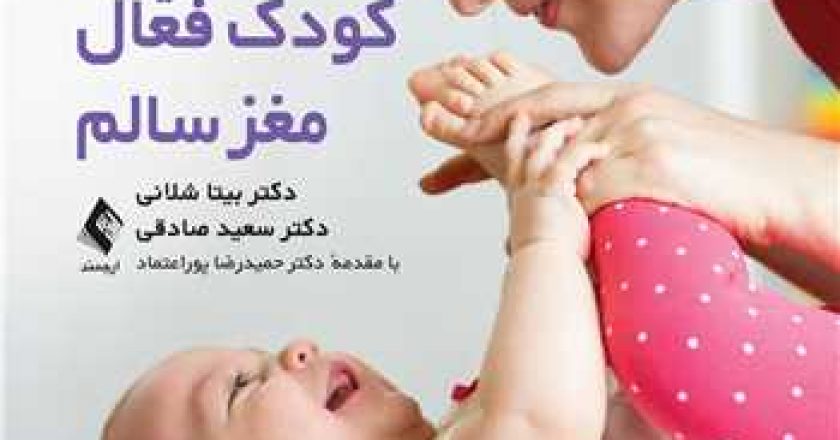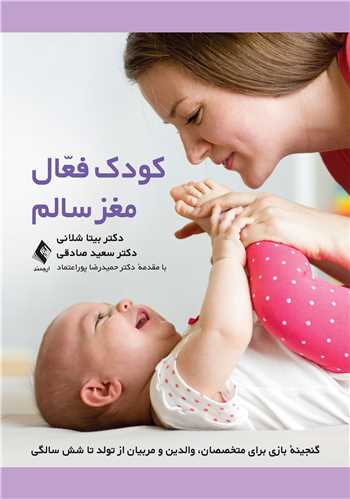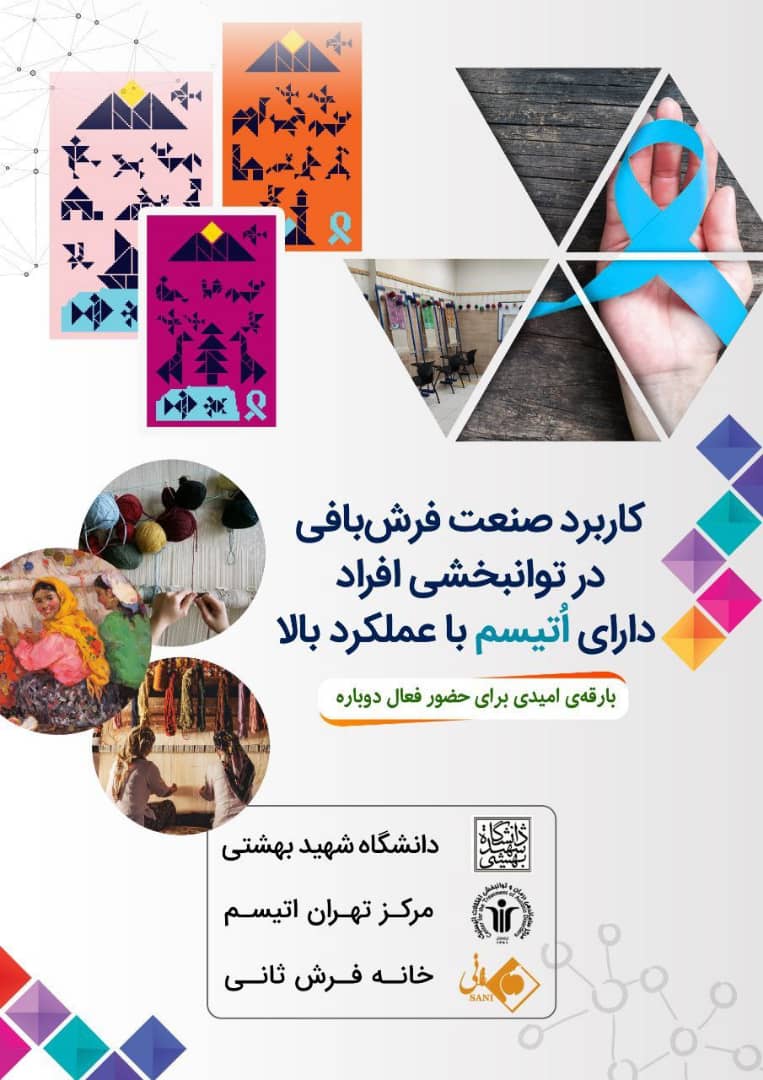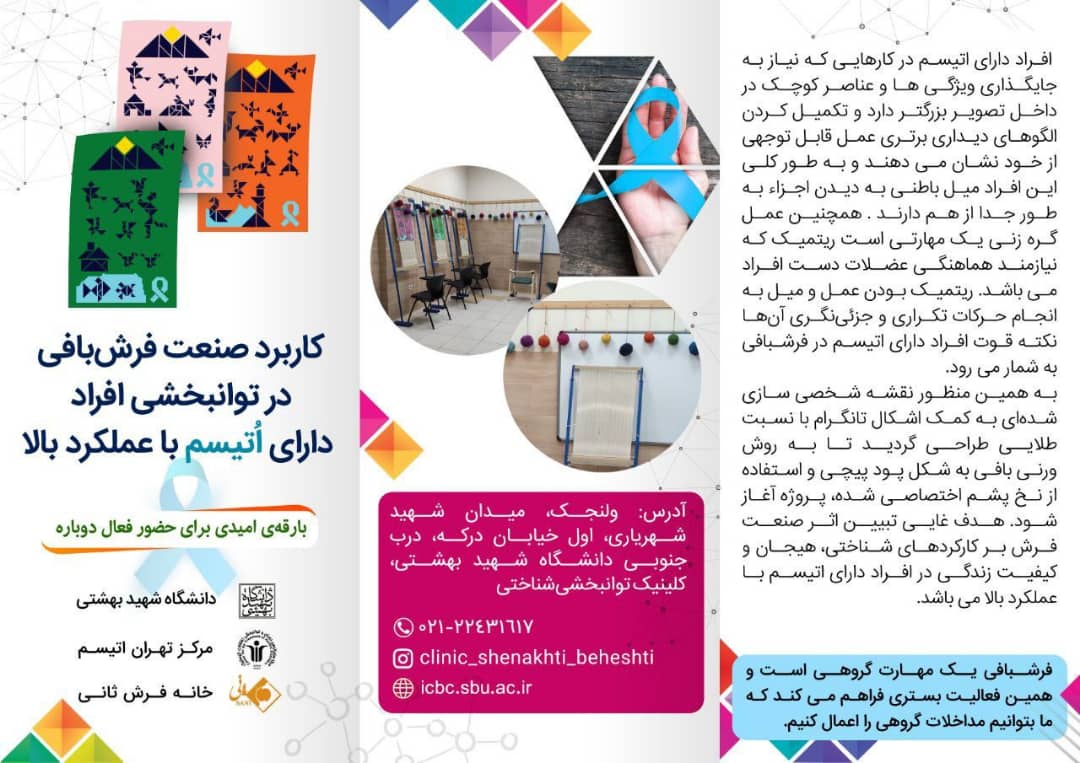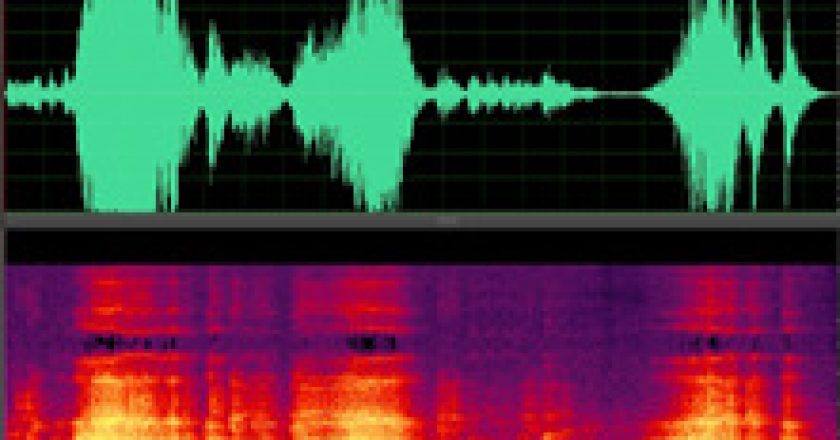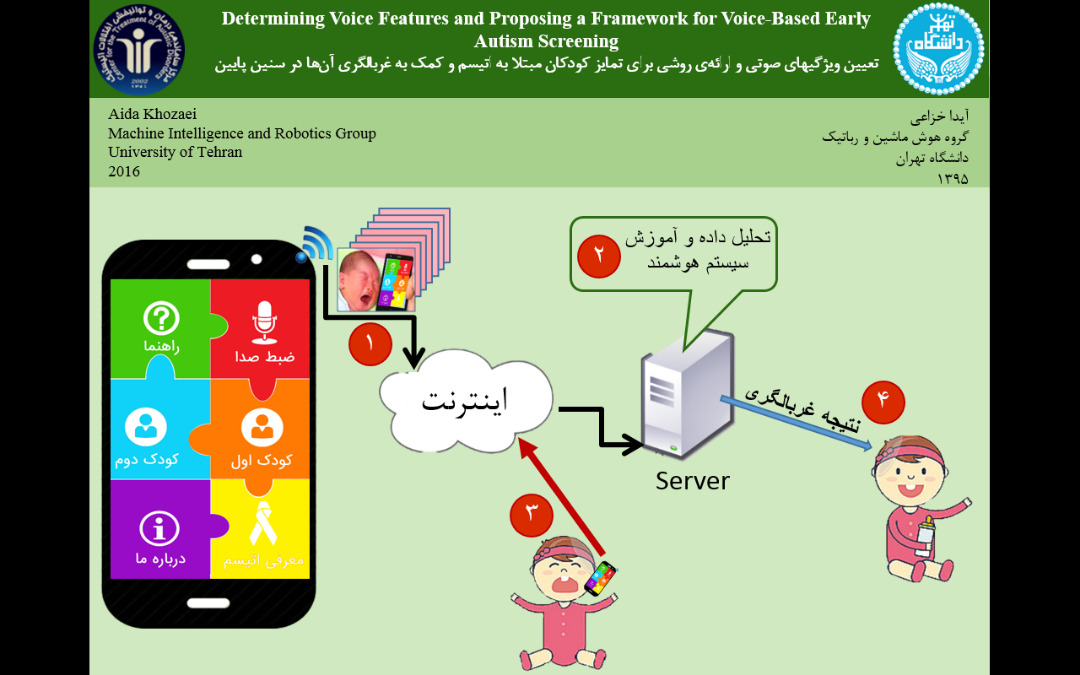نوروفیدبک یک روش درمانی نوین است که با اصول شرطی سازی مغز باعث بهبود بسیاری از اختلالات و کاهش علائم ناشی از اختلال می شود یکی از روش های نوین و جدید نوروفیدبک، که امروزه بسیار مورد توجه مراجعان و متخصصان قرار گرفته است نوروفیدبک فرکانس بسیار پایین (ILF) است که از طریق نظم بخشیدن به امواج نامنظم مغز باعث بهبود عملکردهای رفتاری فرد می شود.
در پژوهشی که تحت عنوان «تاثیر نوروفیدبک فرکانس بسیار پایین بر شدت علائم اتیسم و کنش های اجرایی و انرژِی باندهای فرکانسی مغز» توسط آقای دکتر حمیدرضا پوراعتماد و دکتر رضا خسروآبادی و مهندس امید فقیهی و خانم سارا رضایی در دانشگاه شهید بهشتی تهران با همکاری مرکز تهران اتیسم بر روی هشت کودک ۸-۴ ساله دارای اختلال طیف اتیسم با عملکرد بالا اجرا شد نتایج قابل توجهی به دست آمد.
در این مطالعه تعداد ۸ کودک در طیف سنی ۴ تا ۸ که تشخیص رسمی اتیسم دریافت کرده بودند مشارکت داشتند. شرکتکنندگان بصورت هدفمند از بین مراجعین به مرکز تهران اتیسم انتخاب شدند. گردآوری اطلاعات در پنج مرحله انجام شد. در مرحله اول، برای ارزیابی شدت اتیسم، آزمون تشخیصی اتیسم توسط والد کودک تکمیل شد. برای ارزیابیهای شناختی و از جمله کنشهای اجرایی، مجموعه آزمونهای عصب شناختی استفاده شد. به منظور ارزیابی الکتروفیزیولوژیکی، ثبت فعالیت الکتریکی مغز، بعمل آمد. مرحله دوم به فاصله دو هفته از مرحله اول و همانند آن اجرا شد. در مرحله سوم (مداخله) مداخلات نوروفیدبک فرکانس بسیار پایین به مدت ۱۵ جلسه، سه روز در هفته به مدت ۲۰ دقیقه انجام گرفت. مرحله چهارم، پس از آخرین جلسه مداخله، ارزیابیهای رفتاری، شناختی و الکتروفیزیولوژیکی تکرار شد. در جریان مرحله پنجم دو هفته بعد، آزمونهای مرحله اول تکرار شدند.
نتایج حاکی از اثربخشی درمان نوروفیدبک فرکانس بسیار پایین بر شدت علائم اتیسم و کنشهای اجرایی کودکان دارای اتیسم بود و تغییرات معناداری در توان نسبی باندهای فرکانسی مغزی (آلفا، بتا و گاما) گزارش شد. توان نسبی باند فرکانسی آلفا در حالت چشم باز افزایش و در حالت چشم بسته کاهش داشته است و در باند فرکانسی بتا (۳۰-۱۹ هرتز) و گاما در هر دو حالت چشم بسته و باز کاهش چشمگیری داشته که حاکی از اثربخشی نوروفیدبک فرکانس بسیار پایین بر انرژی باندهای فرکانسی مغز کودکان دارای اختلال اتیسم میباشد.
پس از انجام ارزیابی میزان شدت علائم بیماری و بررسی برخی مولفههای کنشهای اجرایی و ثبت فعالیتهای الکتریکی مغز کودکان مشاهده شد که مداخله با نوروفیدبک فرکانس بسیار پایین بر شدت علائم اتیسم و کنشهای اجرایی کودکان اتیسم تاثیر دارد و انرژی باندهای فرکانسی مغز، در نواحی مختلف مغز آنان تغییرات محسوسی را نشان داده است. بر اساس یافتههای این مطالعه، میتوان نتیجه گرفت که نوروفیدبک فرکانس بسیار پایین احتمالاً میتواند در بستههای درمانی کودکان مبتلا به اتیسم مورد استفاده قرار گیرد. هرچند که این موضوع باید در مطالعات دوسوکور تایید شود.

